 At the start of May, I travelled to Berlin for my first face-to-face work meeting in over two years. I’d already decided that, when travelling in Europe, I would go by train rather than fly wherever possible, so I set about planning my trip. This turned out to be far more complicated than I’d hoped and a lot less straightforward than flying, even though I was only dealing with two train companies. Rather than booking the trains direct, I discovered that it was cheaper (and far more convenient) to buy a Eurail pass, which would cover my whole trip, with a bonus day trip thrown in for good measure, which I wrote about in the first instalment of this Travel Spot series.
At the start of May, I travelled to Berlin for my first face-to-face work meeting in over two years. I’d already decided that, when travelling in Europe, I would go by train rather than fly wherever possible, so I set about planning my trip. This turned out to be far more complicated than I’d hoped and a lot less straightforward than flying, even though I was only dealing with two train companies. Rather than booking the trains direct, I discovered that it was cheaper (and far more convenient) to buy a Eurail pass, which would cover my whole trip, with a bonus day trip thrown in for good measure, which I wrote about in the first instalment of this Travel Spot series.
My itinerary took me from Guildford to Berlin in a day, travelling via Brussels and Köln. This journey is the subject of the next three instalments in the series, starting with the Eurostar from St Pancras to Brussels Midi. From there, I took an ICE to Köln, where I changed for another ICE to Berlin. First, however, I had to get to St Pancras, which meant setting off from Guildford Station on the 06:33 train to London.
As usual with my Travel Spot posts, I’ve split this into the following parts:
- Getting to St Pancras for 07:30
- Check-in at the Eurostar Terminal
- Premium Standard on a Eurostar e320
- From St Pancras to the Channel Tunnel
- Channel Tunnel, Lille Europe and Brussels Midi
You can see how I got on with my early start after the gallery.
Regular readers will know that early mornings and I do not mix, so having to be at Guildford station for the 06:33 train to London was not ideal. I’d originally hoped to take a later departure from St Pancras to Brussels, but I left booking rather late. While there were Eurostar departures with seats available for Eurail passes in the afternoon, none of these would get me to Berlin in a day. Meanwhile, the only morning departure with availability for Eurail passes was the 09:01 for Brussels.
In times gone by, I might have been tempted to arrive an hour or so before departure, since one of the advantages of the Eurostar over flying is not having to spend an eternity queueing at airports. However, a few days ahead of my trip, an e-mail from Eurostar advised me to arrive at St Pancras 90 minutes ahead of my scheduled departure time to allow for security and passport control, which was disappointingly early.
This meant getting to St Pancras by 07:30 and, with the rest of the journey depending on my making the 09:01, I decided to sacrifice an extra half hour in bed and catch the 06:33 from Guildford to London Waterloo. With such an early start, I skipped breakfast (instead eating some leftovers on the train to London), arriving at the station in time to get a flat white from FCB Coffee, conveniently located on platform 2.
Suitably fortified, my luggage and I struggled onto the train, which left on time. Although I had a first class Eurail pass, the train was almost empty, and, rather than drag my large suitcase down the narrow aisles in the search of a first class compartment, I took the first available seat, ate my breakfast (bread and cheese), drank my coffee and composed myself for the long day ahead.
The train was on time, and, just after 19:10, I was on the concourse at Waterloo. As I struggled down the escalators to the underground, the irony was not lost on me that, until 2007, the Eurostar left from Waterloo, a journey I made on many occasions. While it was a lot slower back then, it sure would have made my journey at lot easier!
It’s worth noting, by the way, that while the Eurail pass allows you to travel on the UK rail network, none of the automatic barriers recognise it, so you have to seek out a member of staff to be let onto/off the platforms. It also doesn’t cover the London Underground (or S and U Bahn trains in Berlin for that matter), which you have to pay for separately.
Sadly there’s no direct connection from Waterloo and St Pancras, with a multitude of routes/lines available. I took what I consider to be the simplest, getting the Northern Line to Euston before transferring to the Bank branch of the Northern Line for one stop to St Pancras/King’s Cross. To my knowledge, this route has the least walking involved, although all the different routes require you to haul your bags up at least one flight of steps.
By 07:40, I had made it to St Pancras, slightly behind my target time of 07:30, but still on track. You can see what happened next after the gallery.
With Eurostar’s warning about check-in times, I decided not to linger and instead headed straight for Eurostar departures, forgoing the chance to look around. However, St Pancras looked very similar to how I remembered it the last time I travelled by Eurostar, which was in 2018. On that occasion, I caught a train bound for Amsterdam, where I was attending the World of Coffee event.
Back then, Eurostar’s advice was to arrive 45 to 60 minutes before departure, rather than the current 90 minutes. However, since I was travelling down from Newcastle on the east coast main line, I’d given myself plenty of leeway, arriving almost 1¾ hours before departure, giving me time to look around. Rather than repeat myself, I suggest that you take a look at what I wrote about St Pancras at the time if you want to know more about the station.
I reached the back of the check-in queue, which had extended to just beyond the doors of the terminal and out onto the main concourse, at 07:50. Despite the length of the queue, things moved rather quickly and, by 07:55, I’d joined the queue for security. Unlike the lengthy check-in procedures at an airport, check-in at the Eurostar terminal involves scanning your ticket at the gates, although if you’re travelling on a Eurail pass, you need to show it at one of the manned ticket booths (which, in my case, meant skipping a short queue for the gate, saving me a couple of minutes).
The security checks are also less rigorous at the station, although your bags still have to go through an X-ray machine. In all, it took just 10 minutes and then it was onto the final step, passport control. This is another advantage of the Eurostar over flying: passport control is done before you board the train, so when you get to the other end (be it France, Belgium or the Netherlands) you just walk off the train and out of the station without any further checks (and without having to wait for your luggage either!).
Passport control used to be as simple as scanning your passport at one of the automatic gates (like the ones at UK airports), but since Brexit, it’s become more involved, with a manual passport check resulting in an EU entry stamp. Interestingly, it doesn’t seem to matter where you are going as to who gets to check your passport. Even though I was going to Belgium, I got my passport stamped by a French official.
In 2018, I’d breezed through the whole process in just over 10 minutes, while on this occasion, despite the longer queues and more involved processes, it took me no more than 20 minutes to get into the terminal. With boarding typically commencing 25 minutes before departure, this left me with about 25 minutes to kill.
Once again, I could have chosen to look around, but the terminal didn’t seem that different to how I remembered it from 2018, so I refer you to what I wrote back then. Instead I found myself a spot at one of the rare power outlets, plugged in my laptop, and sat down to wait. The only thing I found disappointing was the very low level of mask wearing. This was despite regular announcements stating that masks must be worn in the terminal and on the trains.
The 25 minutes passed fairly quickly and, right on time, at 08:36, my train was called for boarding. This led to the inevitable rush as (almost) everyone headed for the platform, although I’m never sure why since all the seats are reserved. Perhaps people just like standing in queues? I waited for 10 minutes to let the queues die down then strolled up to the door, taking the long sloping escalator up to the platform.
You can see what I made of the train after the gallery.
I was on one of Eurostar’s new e320 trains, which I’d also taken when I went to Amsterdam in 2018. These are, by British standards, massive trains, consisting of 16 coaches, with the first and last coaches having a driving cab rather than separate power cars of the original e300 trains. The layout is effectively symmetrical, with three standard premier/business coaches at the front/back, followed by five standard class coaches at either end. Finally, there are a pair of standard class buffet cars back-to-back in the middle (coaches eight and nine), half of which is the buffet car itself and other half standard class seating.
Back in 2018, I was travelling in standard class, but this time my (first class) Eurail pass allowed me to travel standard premier, Eurostar’s halfway house between business and standard classes. As far as I can tell, standard premier and business class have the same seating, but with different levels of service. For example, business class has its own dedicated check-in lanes (with no queues) and while both have at-seat meal service, the menus are very different, with business class offering hot meals compared to standard premier’s cold food offering.
I was in coach 14, the last of the three standard premier/business coaches at the front of the train (for reference, coach 16 was right at the front). Unlike standard class, which has pairs of seats on either side of the central aisle, these coaches had a mix of seating, with pairs of seats on one side and single seats on the other. Each of the three coaches has a different layout, which I found weird (this is not the case in Eurostar’s original e300s, where the seating layout is much more uniform). You can see the layout of the coaches for yourself on the handy seat maps on the Eurostar website.
On my way back, I was in coach 16, which has the driver’s cab at the front. This has 40 seats with a simple split. In the front half, the single seats are on the right, while in the back half, they’re on the left, with just four table seats (a pair of two-person table seats and a pair of four-person ones). In coach 15, which has the toilets and galley at the front and just 36 seats, all the single seats are on the right, there are twice as many table seats and the coach is split into two parts by a glass door/screen in the middle. And then there’s coach 14, which I was in.
In many ways I can understand why coach 14 (and its counterpart, coach 3 at the back of the train) are different, since these have the train’s only wheelchair seating, with two wheelchair spaces at the front of the coach, after the toilet and a small compartment for the traincrew. There’s one wheelchair space on either side, along with what’s called a companion seat, which shares a table with the wheelchair space.
This is followed by a pair of airline-style single seats on the left and a four-person table seat on the right, after which are a pair of enclosed compartments, one on either side, which didn’t seem to be occupied. One had a two-person table seat while the other had a single-person table seat. These mark the end of the first part of the coach, a glass door separating it from the rear half, which has a more familiar layout. There’s a pair of airline-style single seats on one side, followed by three two-person table seats. Meanwhile, on the other side, a single airline-style seat is followed by a double airline-style seat, with three four-person table seats after that.
You can find out which seat I was in, and what I made of it, after the gallery.
I was booked in seat 71, which was at the back of coach 14, on the left, one half of a two-person table seat. However, I noticed that the next seat down, seat 61 (also part of a two-person table seat) was unoccupied. Sensing an opportunity to sit in the famous Seat 61, I asked one of the train crew if the seat was taken, but sadly it was (although I never did see anyone sit there during the journey).
However, I was told that there was another vacant seat in the other half of the coach if I wanted to move, so I said yes and was shown to seat 13, one of the two companion seats for the wheelchair spaces (there were no wheelchair passengers on the train that day). As much as I would have liked to sit in seat 61, this was a far better seat. Like both seats 61 and 71, it was rear facing, and, despite the seat and window being slightly misaligned, it had a good view.
Where it really won out was with its space/legroom. I was able to put my luggage in the wheelchair space, where it was out of the way, but easy for me to get to. Even better, since there was no-one opposite me (which would have been the case for both 61 and 71), I could stretch my legs out as far as I liked. What’s more, I had a wide table all to myself.
The seat itself was very comfortable, with a UK power outlet and a USB socket cunningly hidden under the armrest, while there’s a European outlet on the other side of the table, both easily accessible (once you know where they are). Not that this did me any good since the power wasn’t working in the coach (the crew did try to fix it, but to no avail). There’s also free Wifi, although I found the coverage/service very spotty.
The train left on time, curving across over the lines from King’s Cross and past Coal Drops Yard before disappearing into the 19 km tunnel under north London. Although I’ve done the journey a few times, I’m always surprised at how quickly the train reaches the Channel Tunnel along HS1, the high speed line from St Pancras to the tunnel, which fully opened, along with St Pancras International, in 2007. This is probably because I still remember the leisurely trundle through south London and across the green fields of Kent when the Eurostar ran from Waterloo.
After emerging from the first tunnel, HS1 runs along north of the Thames before diving under the river by tunnel at Dartford (where the M25 motorway also crosses the Thames). Emerging in Kent, we sped through Ebsfleet International (currently not in use for Eurostar services) and over the Medway, where the best views are from the right-hand side of the train.
As we zipped through the Kent countryside, breakfast was served: yoghurt, a bread roll and a tiny croissant, making me very glad that I’d had my bread and cheese on the train from Guildford. Without that, I would have been starving! I also tried the coffee, which wasn’t great, but was on the right side of drinkable.
We continued our progress, bypassing Ashford International (also not currently being used by Eurostar services) before slowing down for our approach to the Channel Tunnel, which we entered at 09:32, just half an hour after leaving St Pancras.
You can see how the rest of the journey went after the gallery.
When I first travelled on the Eurostar, going through the Channel Tunnel was a big deal and always gave me a thrill. The original e300 trains have special fire doors between the coaches which automatically slide shut just before you enter the tunnel (you can open the doors and move around the train when you’re in the tunnel). I remember announcements being made just before the train was entering the tunnel, which added to the excitement.
In contrast, the e320s don’t have any fire doors and there aren’t any announcements either (although you still get one when you reach the other side, reminding you of the hour difference in local time) which I find a little sad. In fact, if you’re not paying attention, you could miss entering the tunnel entirely, although since it still takes 20 minutes to get to the other side, you’re going to notice at some point!
We duly arrived in France at 09:52, except, of course, it was 10:52, France being an hour ahead. From there, we went through Calais Fréthun (another station where Eurostar services currently don’t stop) and sped on through the French countryside on the LGV Nord, which links the tunnel with Paris. It was another half an hour to Lille Europe, our first stop, where quite a few people got off. We arrived slightly ahead of schedule, resulting in a 10-minute wait on the platform before pulling out at 11:28.
One thing that disappointed me was the lack of mask wearing on the train, despite announcements (in English, French and Dutch) that masks were mandatory. In my small section of the train, just two (me and one other person) out of a total of seven passengers wore masks. We even had one of the train managers come through to ask people to wear masks, but it didn’t seem to make any difference. I think I was unlucky though, since in the other half of the coach, everyone was masked up (as an aside, Eurostar has now removed its requirement for passengers to wear masks).
After Lille, we left LGV Nord and branched off towards Brussels. Originally, the train went along local tracks, crawling along much as it did in Kent in the early days, but at the end of 1997, Belgium’s first high-speed line (HSL 1) was opened, connecting Brussels to the French border (much like HS1 in the UK, it opened in two stages, the first stage opening mid-1996).
HSL 1 zips through the Belgian countryside to the outskirts of Brussels, where it runs (more slowly) alongside the local tracks for its final approach to Brussels Midi, where we arrived on time, 35 minutes after departing Lille. Brussels is also where I said goodbye to my Eurostar, hauling myself and my luggage off the train (mind the gap and the large step down, by the way, which is tricky with a large suitcase) to go in search of my ICE train to Köln.
This concludes Part II of this Travel Spot series about my journey to Berlin. You can read about my adventures in Brussels station and my ICE to Köln in Part III, while the final leg of the journey, onboard an ICE from Köln to Berlin, is covered in Part IV.
Note that in an early version of this post, I mistakenly said that my Eurostar, which terminated at Brussels, was for Amsterdam.
Don’t forget that you can share this post with your friends using buttons below, while if you have a WordPress account, you can use the “Like this” button to let me know if you liked the post.










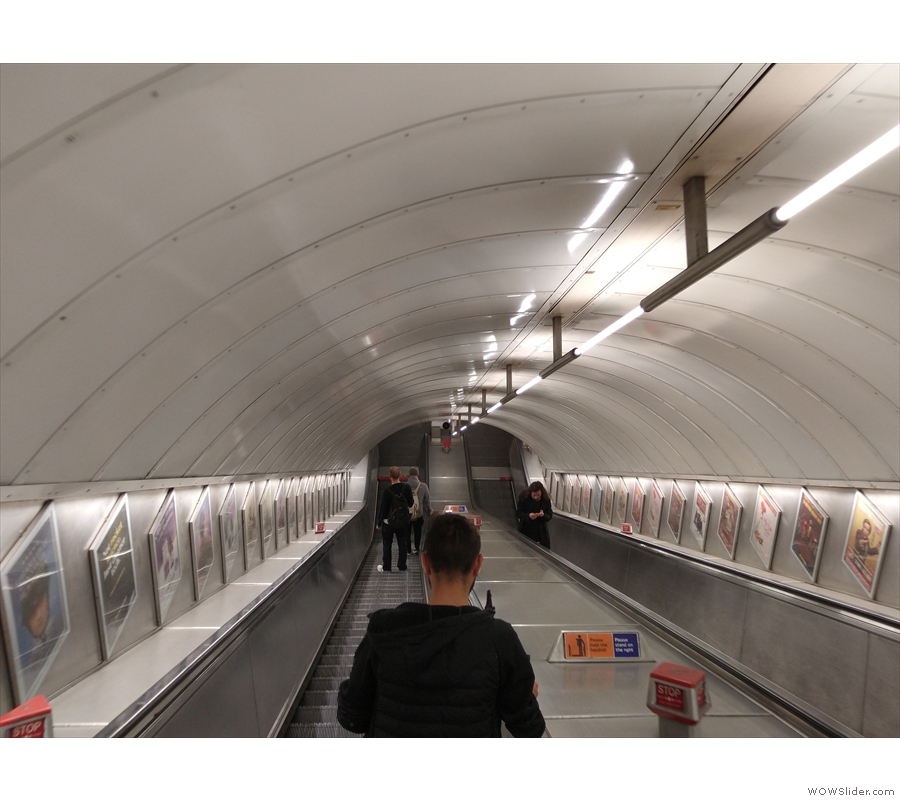



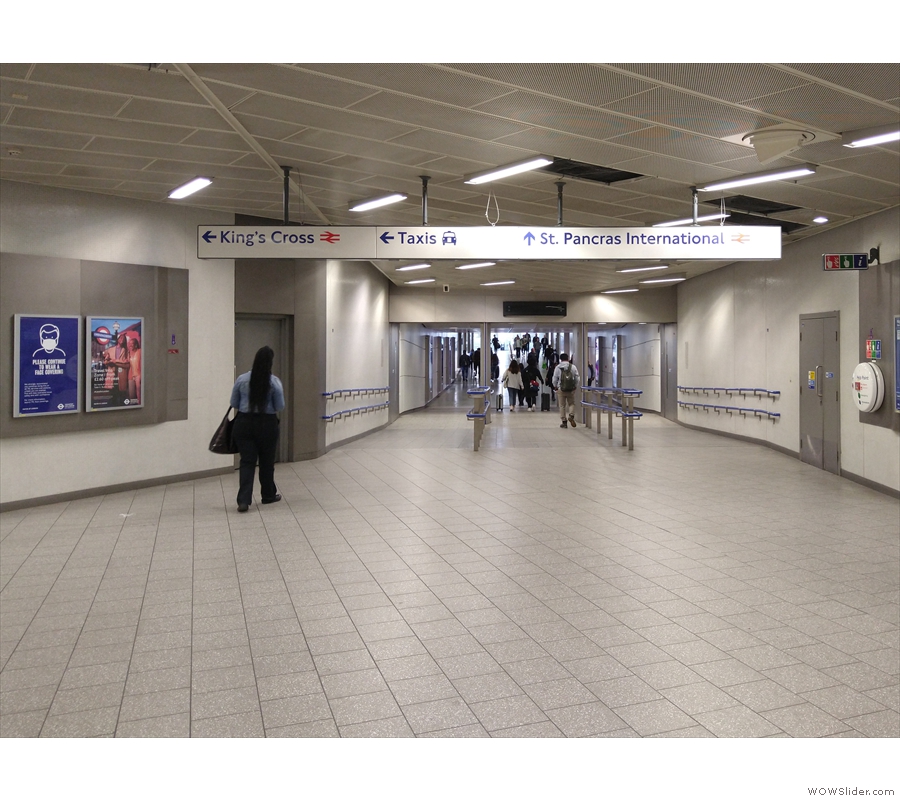
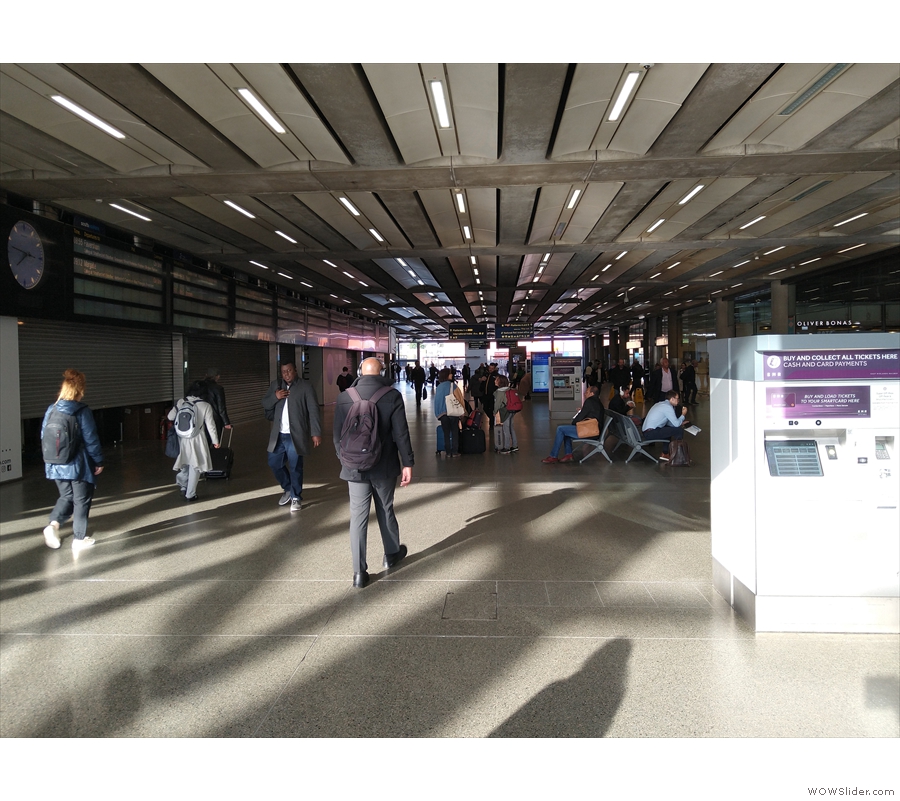
 1
1 2
2 3
3 4
4 5
5 6
6 7
7 8
8 9
9 10
10 11
11 12
12 13
13 14
14 15
15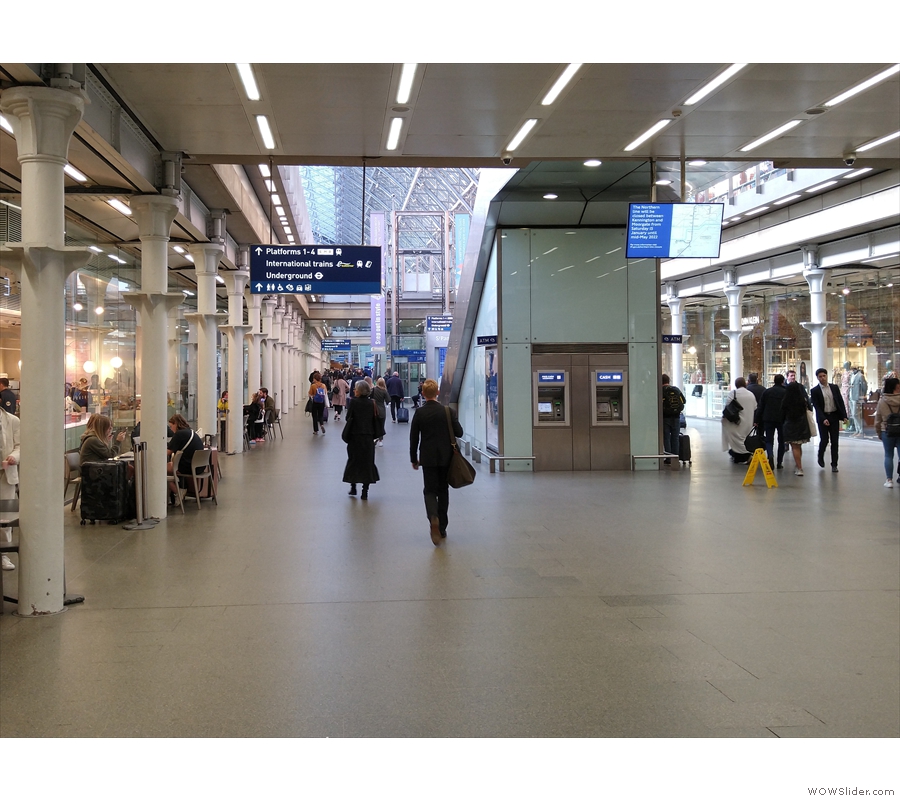
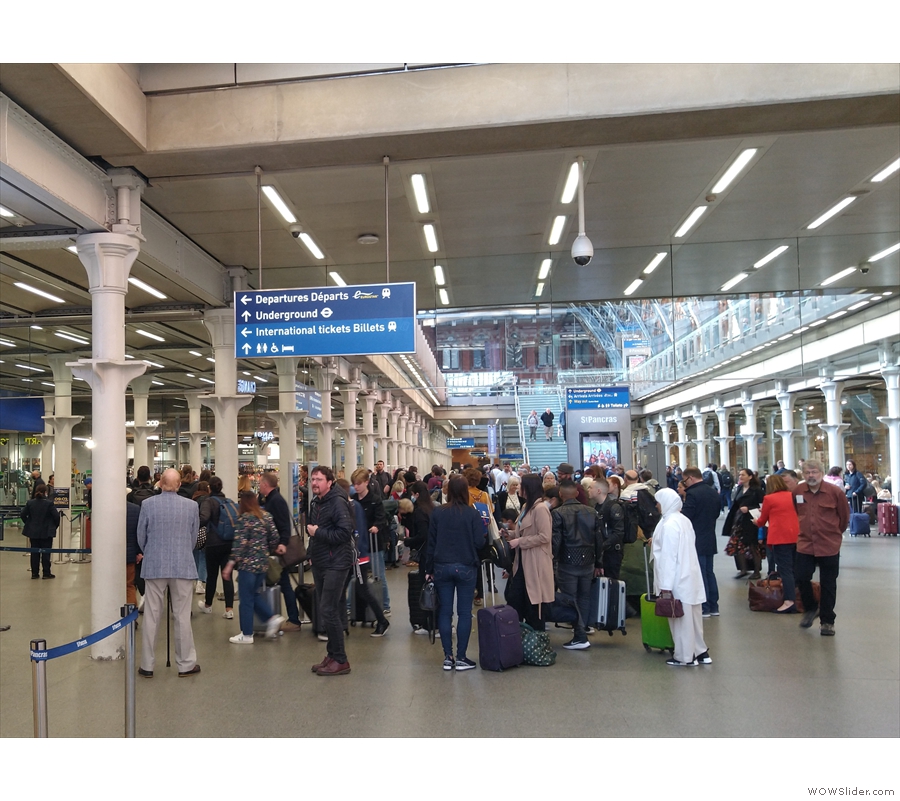







 1
1 2
2 3
3 4
4 5
5 6
6 7
7 8
8 9
9










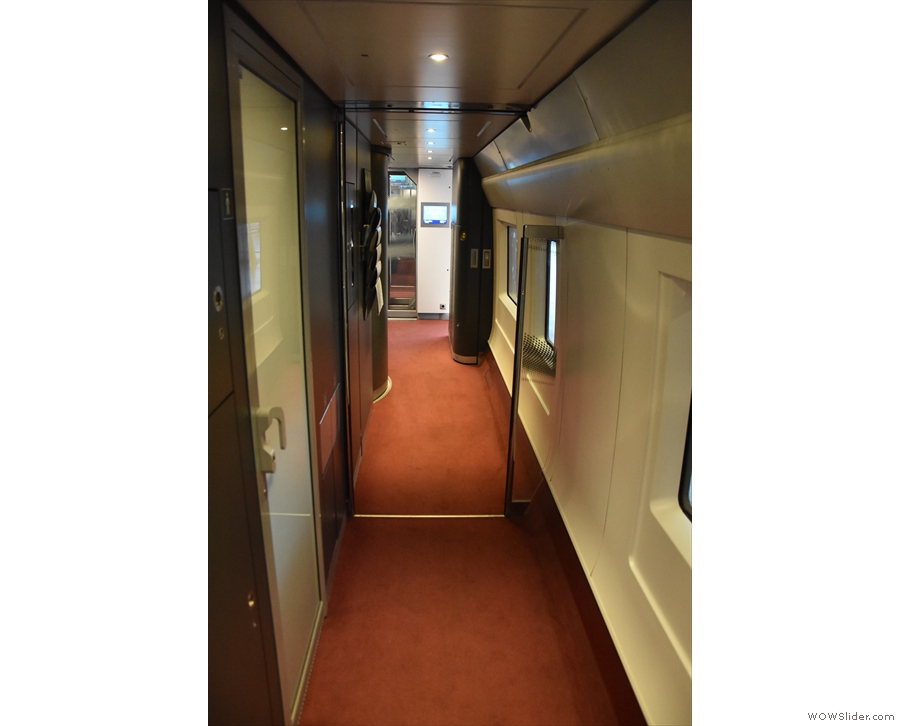












 1
1 2
2 3
3 4
4 5
5 6
6 7
7 8
8 9
9 10
10 11
11 12
12 13
13 14
14 15
15 16
16 17
17 18
18 19
19 20
20 21
21 22
22 23
23 24
24








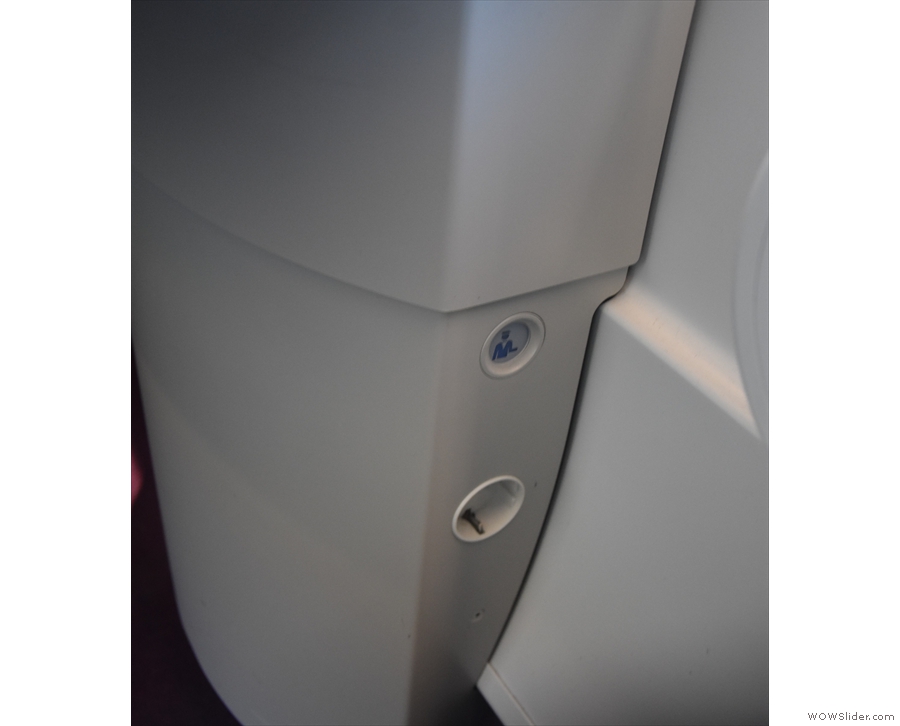










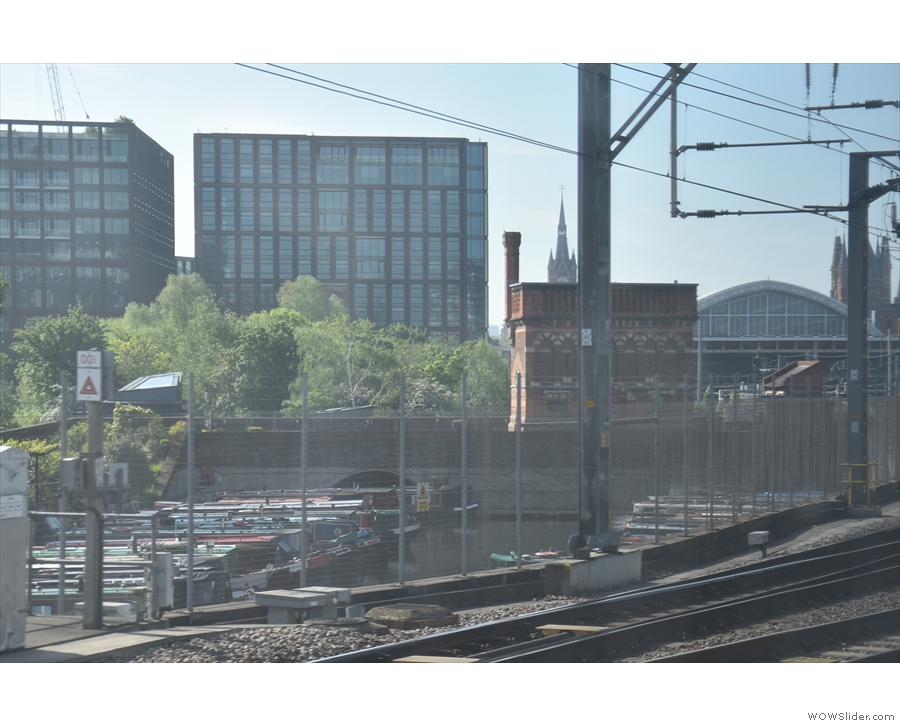
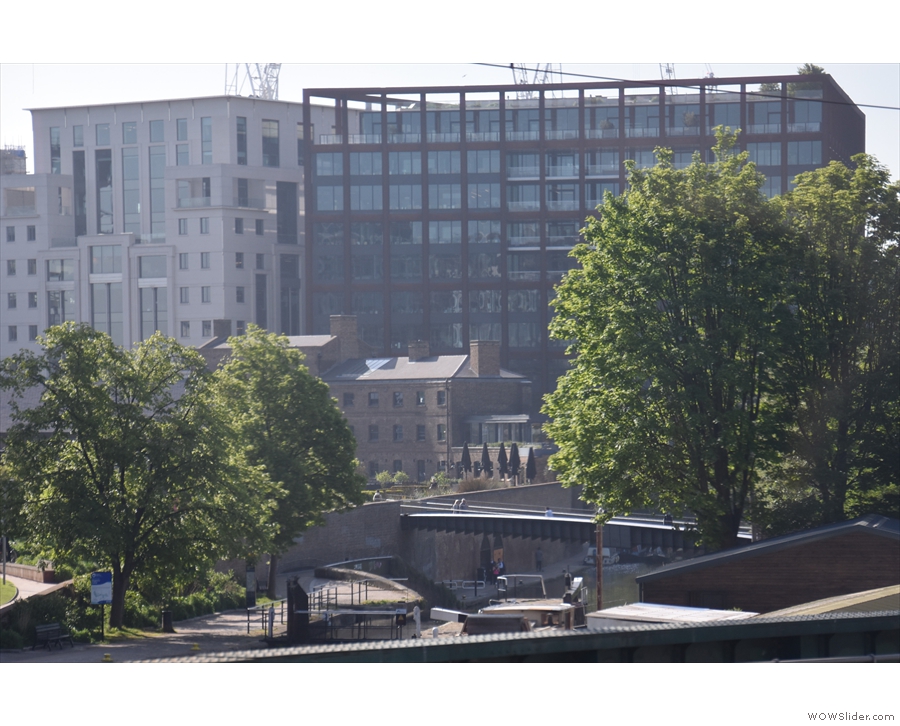







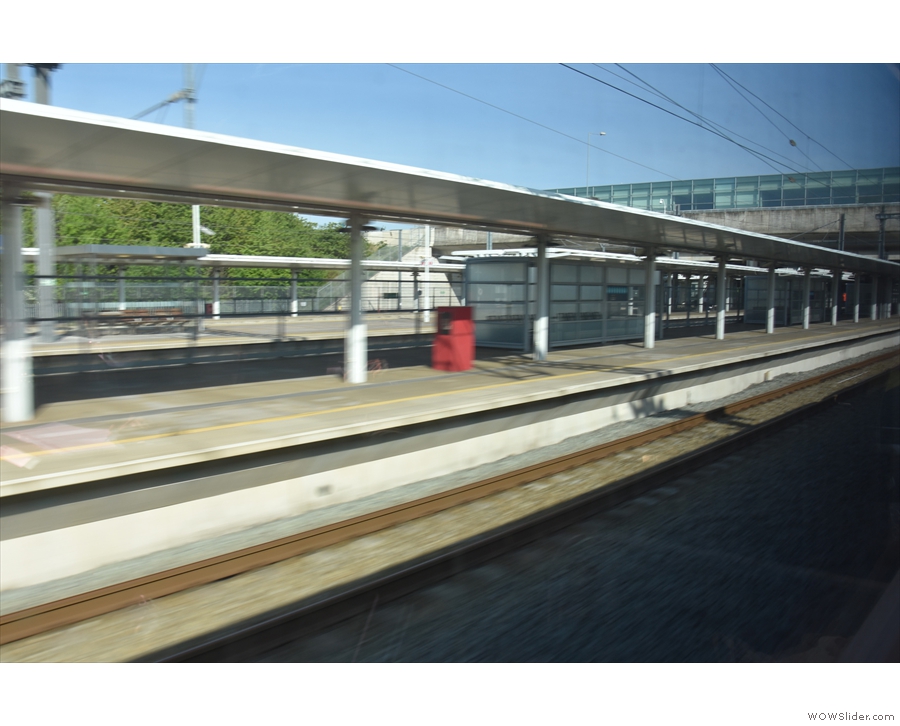












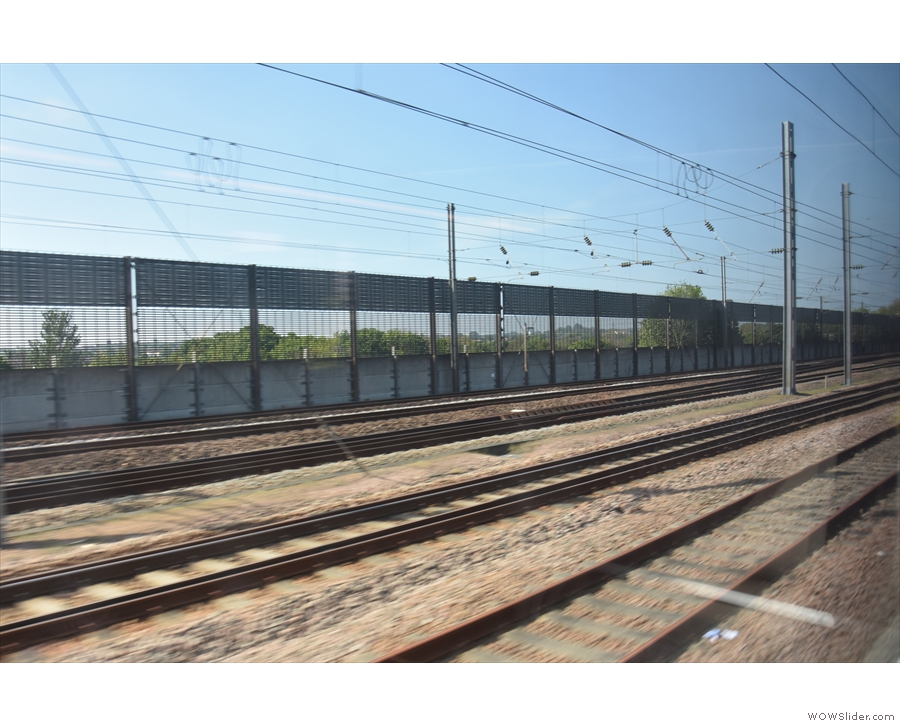
 1
1 2
2 3
3 4
4 5
5 6
6 7
7 8
8 9
9 10
10 11
11 12
12 13
13 14
14 15
15 16
16 17
17 18
18 19
19 20
20 21
21 22
22 23
23 24
24 25
25 26
26 27
27 28
28 29
29 30
30 31
31 32
32 33
33 34
34 35
35 36
36 37
37 38
38 39
39 40
40 41
41 42
42 43
43


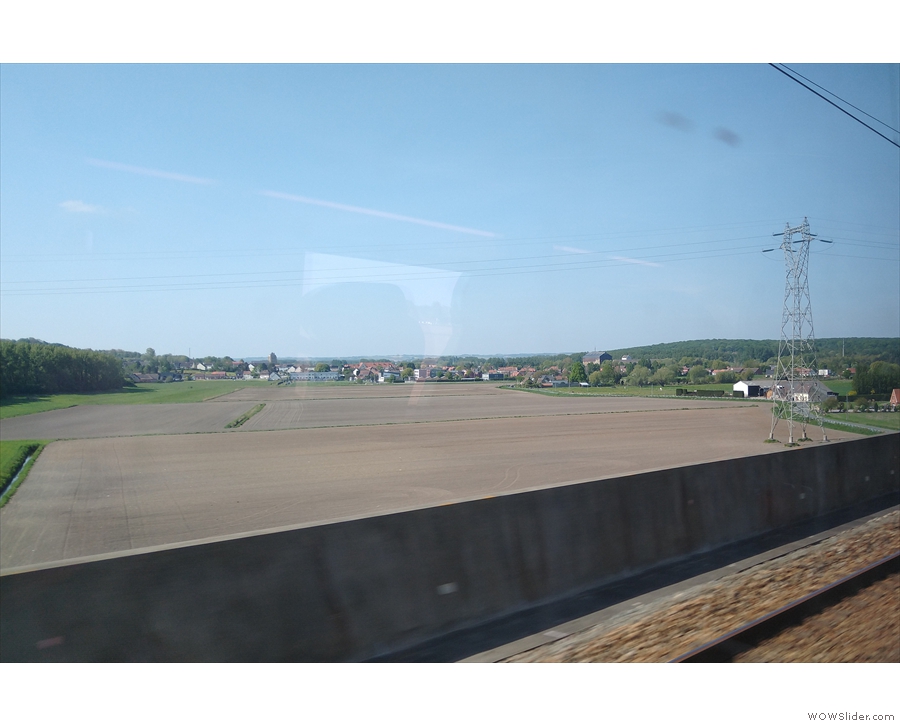


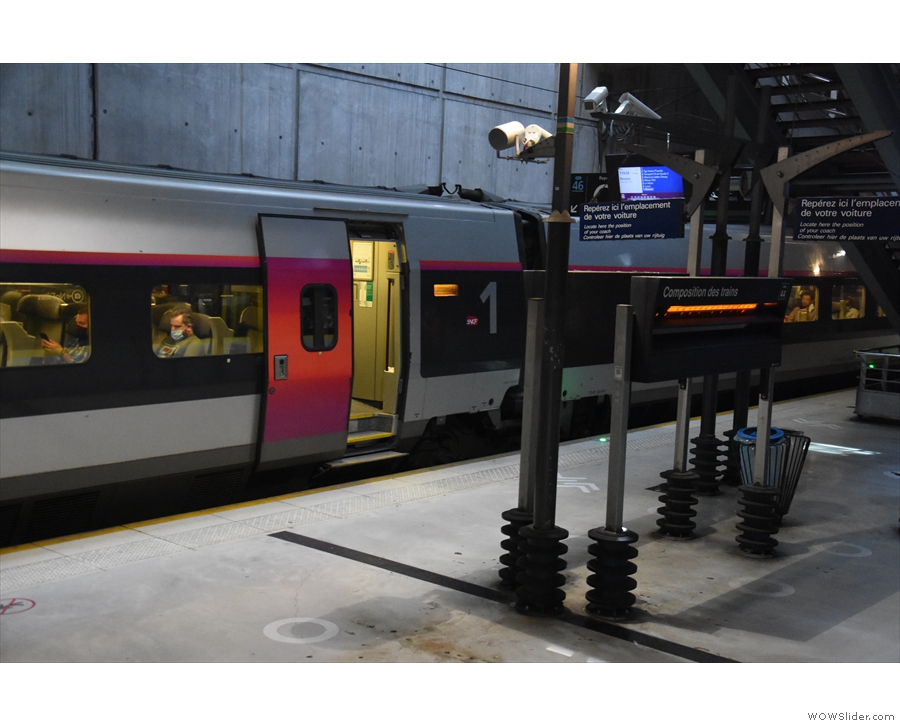

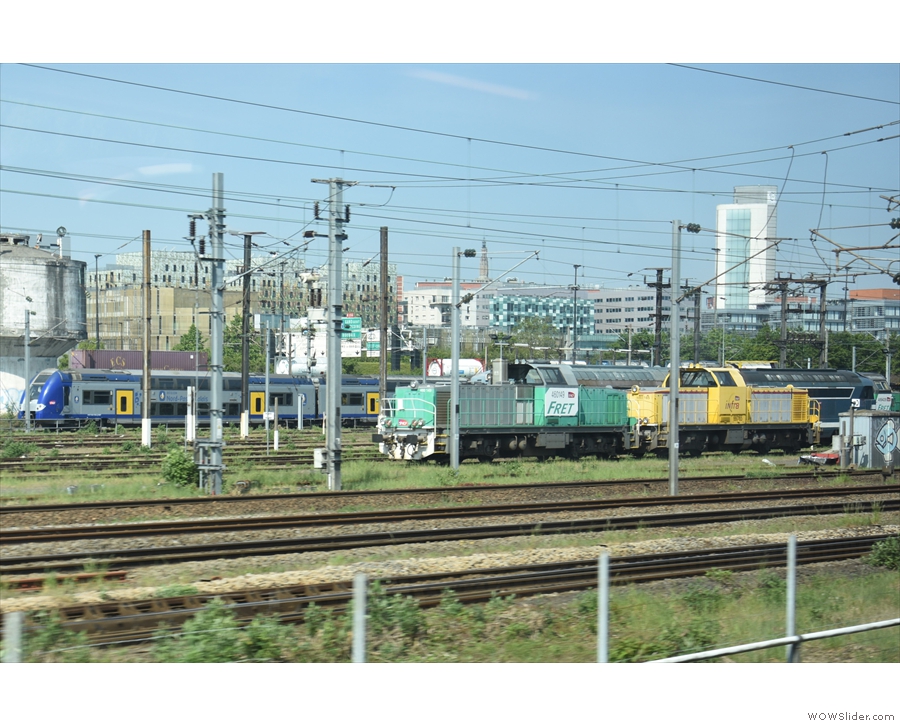
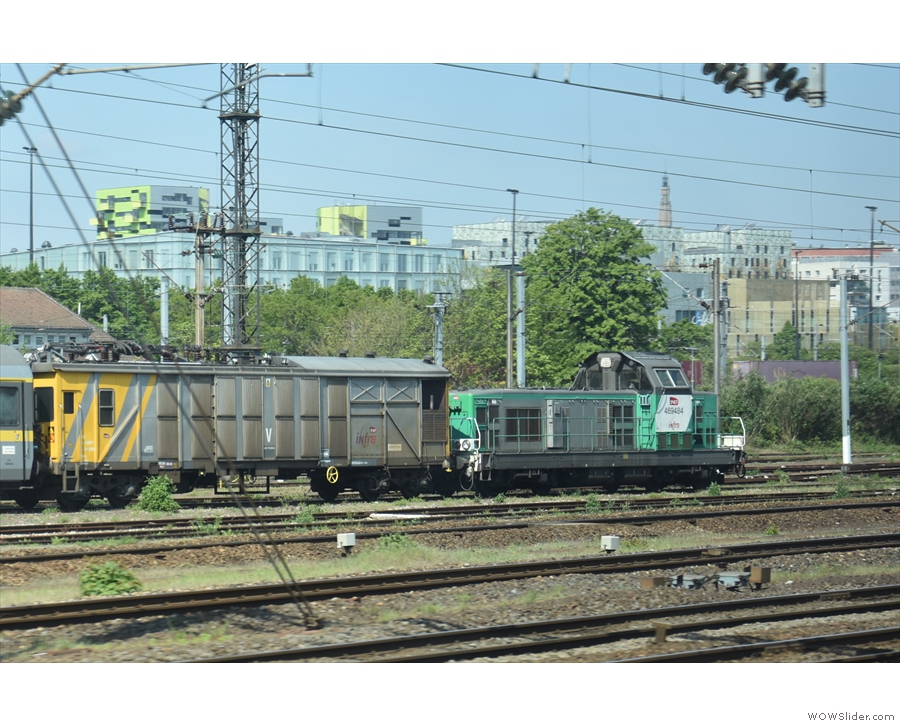


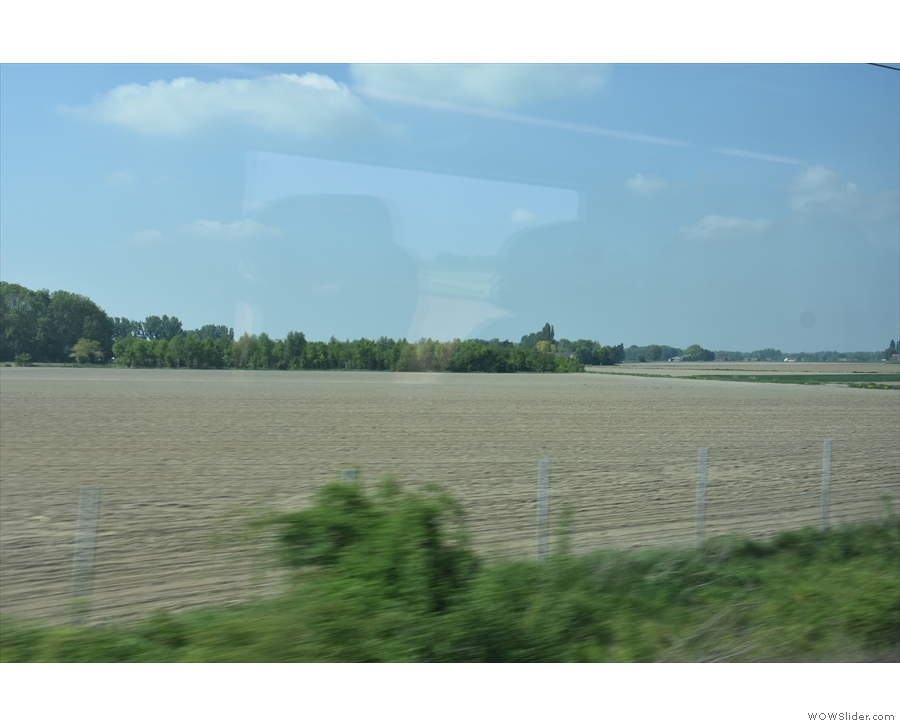
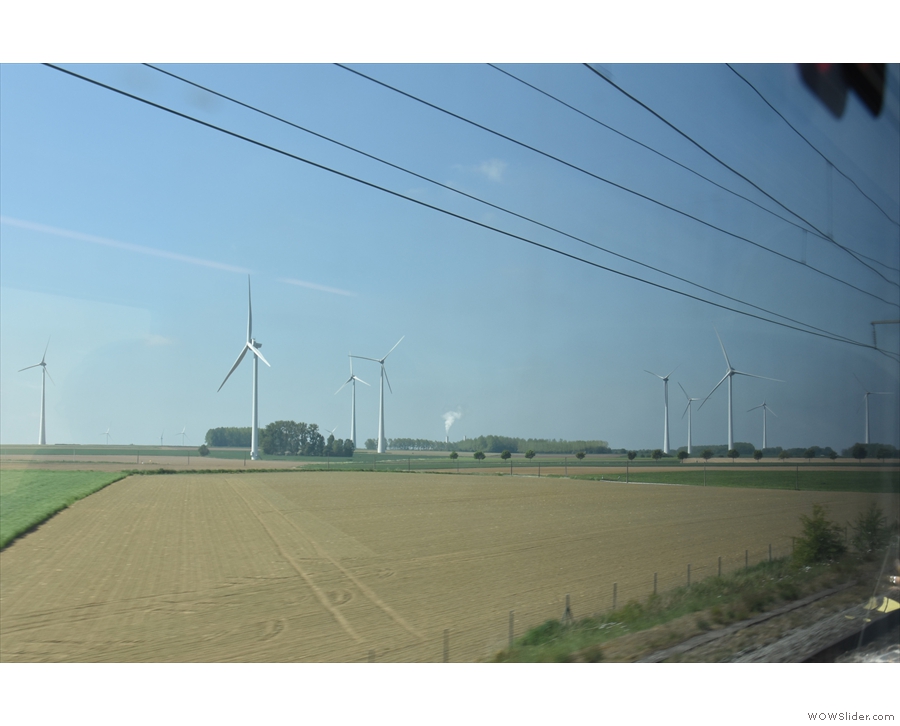








 1
1 2
2 3
3 4
4 5
5 6
6 7
7 8
8 9
9 10
10 11
11 12
12 13
13 14
14 15
15 16
16 17
17 18
18 19
19 20
20 21
21 22
22
Pingback: Brian’s Travel Spot: UK to Berlin by Train, Part I – Planning | Brian's Coffee Spot
Pingback: Brian’s Travel Spot: UK to Berlin by Train, Part III – ICE to Köln | Brian's Coffee Spot
Pingback: Brian’s Travel Spot: UK to Berlin by Train, Part IV – ICE to Berlin | Brian's Coffee Spot
Pingback: Brian’s Travel Spot: Berlin to Köln by ICE | Brian's Coffee Spot
Pingback: Brian’s Travel Spot: Köln to Mainz by Train along the Rhine | Brian's Coffee Spot
Pingback: Brian’s Travel Spot: Köln to Flint in a Day by Train | Brian's Coffee Spot